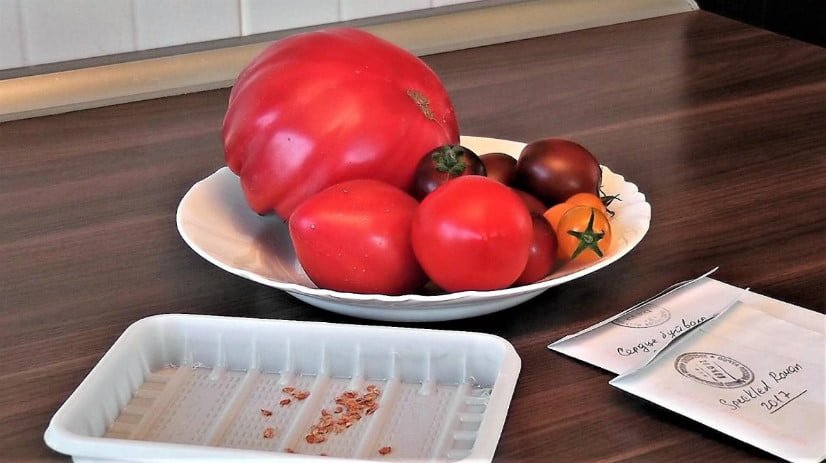
Sooner or later, a real lover of tomatoes thinks about stability. When buying seeds every winter it happens that the sale is not the same variety. And it happens that you will find it, but in the summer you see not the tomatoes that you expect. The way out, of course, is to collect and harvest their seeds.
It must be said that the seeds will germinate and give fruit from any ripe tomatoes. However, first you need to clearly understand in which case you will be able to get in the future such fruits that you have now ripened.
What fruits are suitable for seeds
If you sow the seeds collected from hybrid tomatoes, then with a very high probability you will get variegated seedlings, from which the “parents” of the original plant will grow. But if you know for sure that you have grown a varietal tomato, then the seeds taken from it will give rise to plants with the same varietal characteristics.
Fruit for reproduction should be taken from a healthy, strong plant. Tomato should be ripe, but not overripe, because sometimes it happens that in the ripe fruit seeds begin to germinate. The best option is to keep up on the Bush.
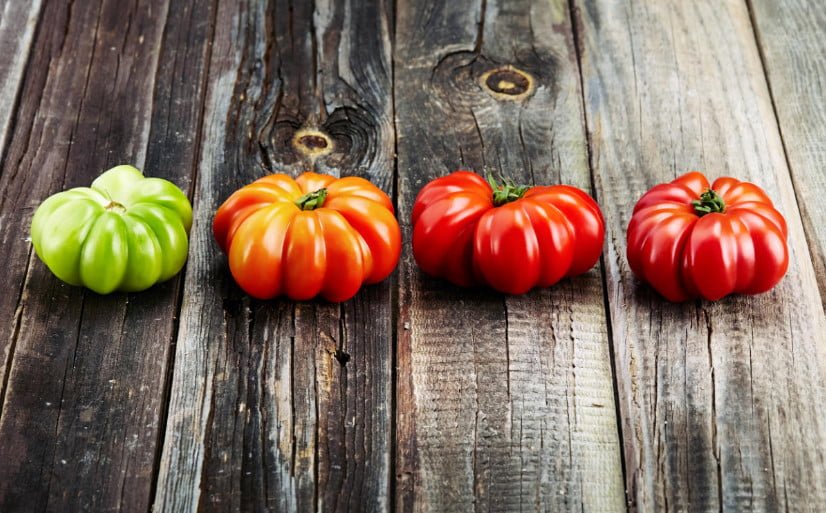
On seeds it is necessary to choose the fruit which most precisely corresponds to the description of a grade. It doesn’t have to be the biggest or the most beautiful tomato from the Bush. You need to take the one whose shape, color and weight are most consistent varietal characteristics. Other parameters that you should pay attention to are the type of leaf, the number of fruits in the brush, the height of the plant.
Despite the fact that tomatoes are self-pollinated plants, certain metamorphoses can occur in hot weather with their flowers. And then cross-pollination becomes possible, which means a hybrid.
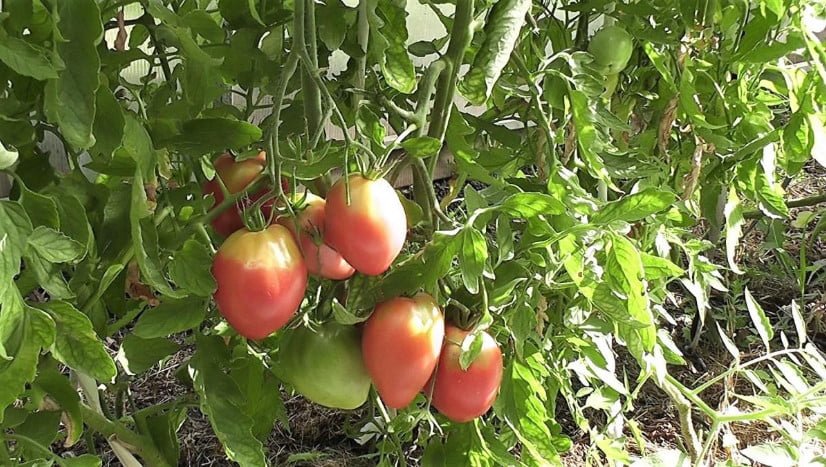
Therefore, in order to be absolutely sure in your actions, you must take the seeds of the fruit from the lower brushes, it is better with the second. Tying on the lower hands occurs in early summer or even in spring, when the weather is relatively mild.
The collection and harvesting of seeds
Many beginners think that it is enough to take out the seeds from the tomato, dry and all: here it is, ready planting material. Can be done and so. However, it is more correct to prepare seeds in another way, which is more physiological for the plant itself. I’ll describe both options, and you choose yourself.
Method blanks with digestion
So, you have chosen the most suitable tomato. Now it needs to be washed: after you separate the liquid with the seeds, what remains may well go to the salad.
Large flat-round fruit with a small seed content easier to cut at the equator, small-fruited tomatoes — it is better along. Spoon or simply take out the seeds with a finger together with a transparent liquid. And it should be quite a lot, so that the seeds are completely covered.
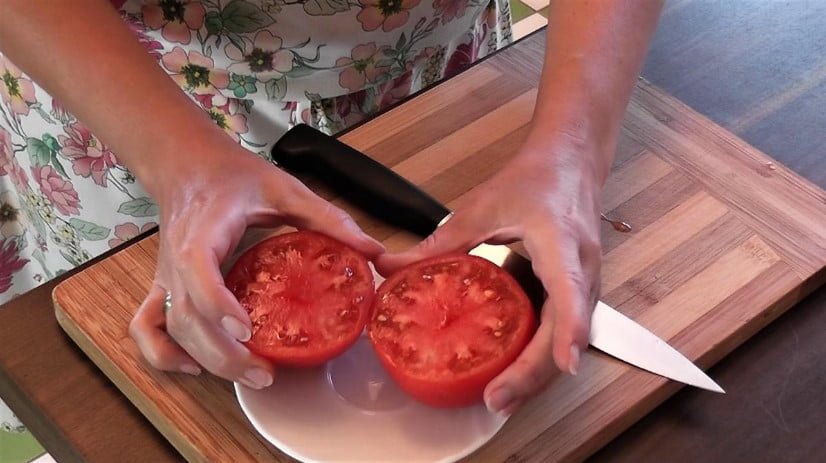
Put the resulting in a bowl of glass, porcelain or plastic food and cover loosely with a lid. Leave the seeds at room temperature for fermentation. The required time is absolutely impossible to predict, it depends on the variety, and the temperature and humidity in the room. However, the approximate period is 24-48 hours.
As soon as you notice the appearance of the film on the surface, the liquid itself will begin to brighten a little, and the seeds settle to the bottom, you can consider the fermentation finished. There’s no point in overexposing the seeds.
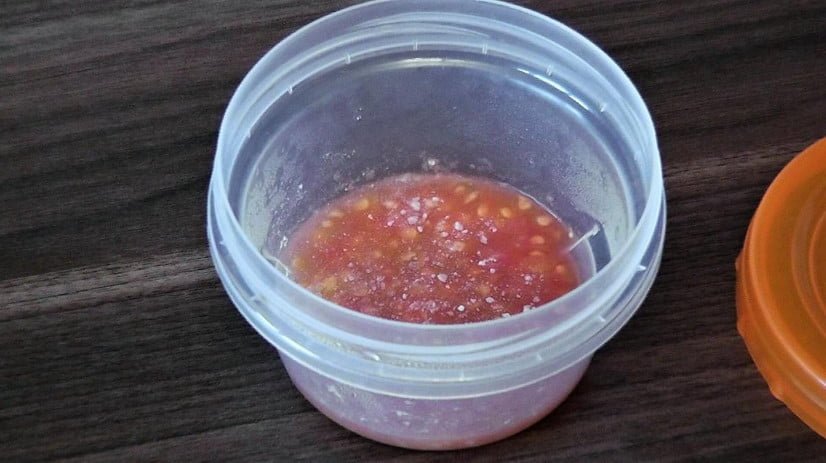
Now the seeds need to be thoroughly washed. It is convenient to do this in a small sieve under running water. Then the seeds are dried slightly.
Clean seeds should be spread out on a flat surface in one layer for drying. Well suited for this purpose disposable plastic plates-with their seeds then easy to collect. Do not forget to sign the name of the variety, especially if you harvest tomato seeds of several varieties.
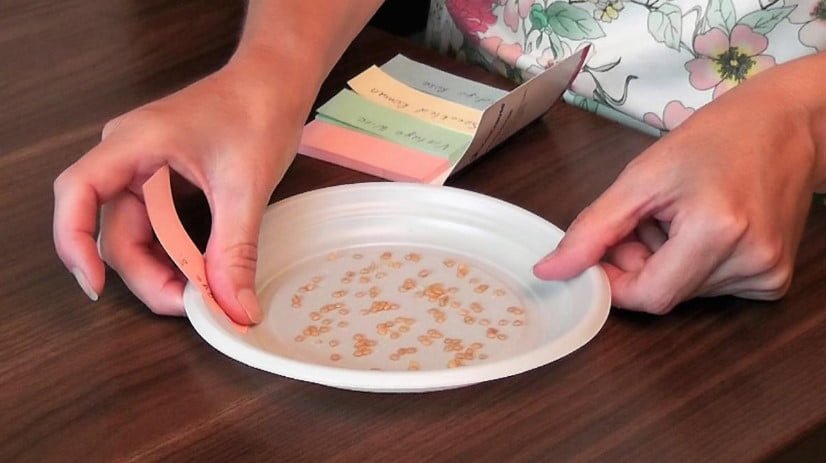
Dry seeds for about 5-7 days. Then they need to be collected and packaged in paper envelopes or linen bags. Store seeds best at a stable temperature and low humidity and, of course, do not freeze. Well suited cool pantry.
Method of harvesting for the employed
From the selected tomato seeds are extracted and distributed on a cloth napkin. I know that many people think it is easier to use a paper towel or newspaper, but I want to note that it is not necessary to do so. Later, after all the smeared dries, to separate the seeds from the paper is extremely dreary and long, she tried to do so and promised.

Once the seeds have dried, they are also collected and stored in paper envelopes or cloth bags.
I used both versions of the blank. If the seeds are used fresh, that is, to sow the next year, the difference in germination is almost invisible. But in the case of using old seeds, the advantage will be on the side of the method with fermentation.
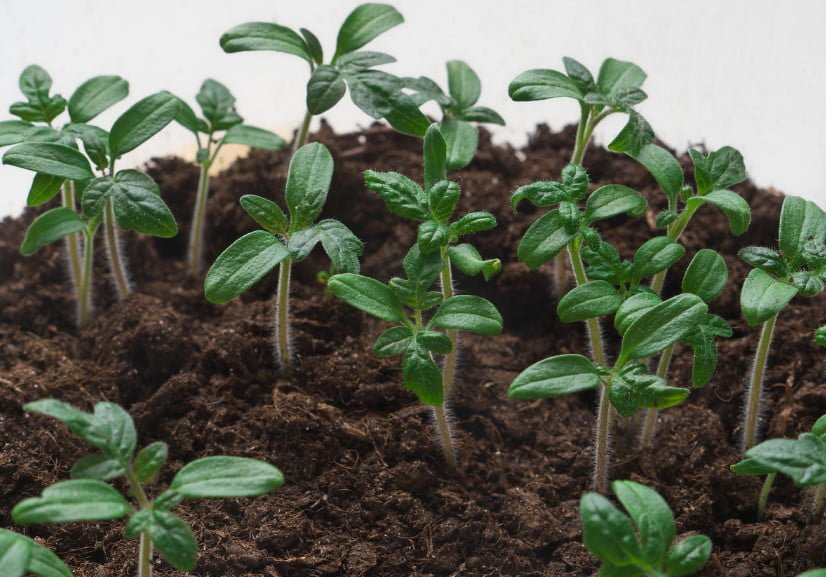
The fact that tomato seeds are enclosed in a transparent shell, which is destroyed by fermentation. If you are simply drying it just shrinks, tightly fitting close to the seed. With the germination of tomato seedlings, it is forced to break through not only the seed coat, but also an additional barrier.
Another advantage of fermentation is that the seeds are naturally disinfected, and mold and does is a natural antibiotic. And the sowing material looks much more attractive.
To create a database seed, you must first obtain the seed from an inveterate gardener or buy quality seeds from a reliable manufacturer.
The germination of tomato seeds remains 5-6 years. This should be borne in mind when renewing their stocks. The collection and harvesting of seeds is a simple and affordable process for everyone.
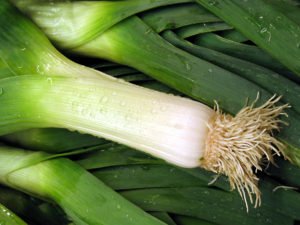
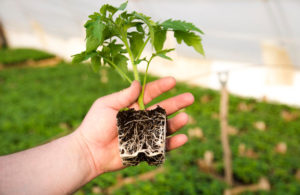
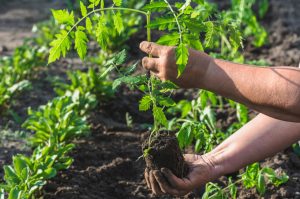
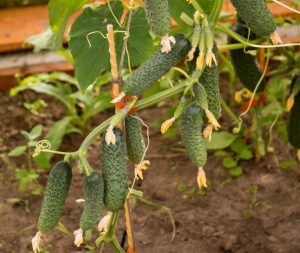
Leave a Reply